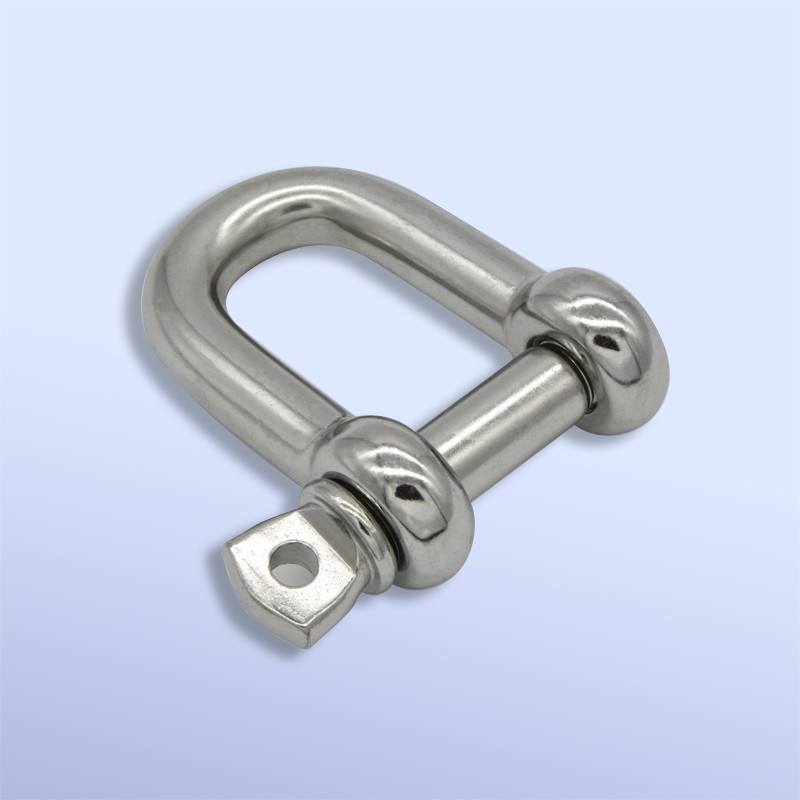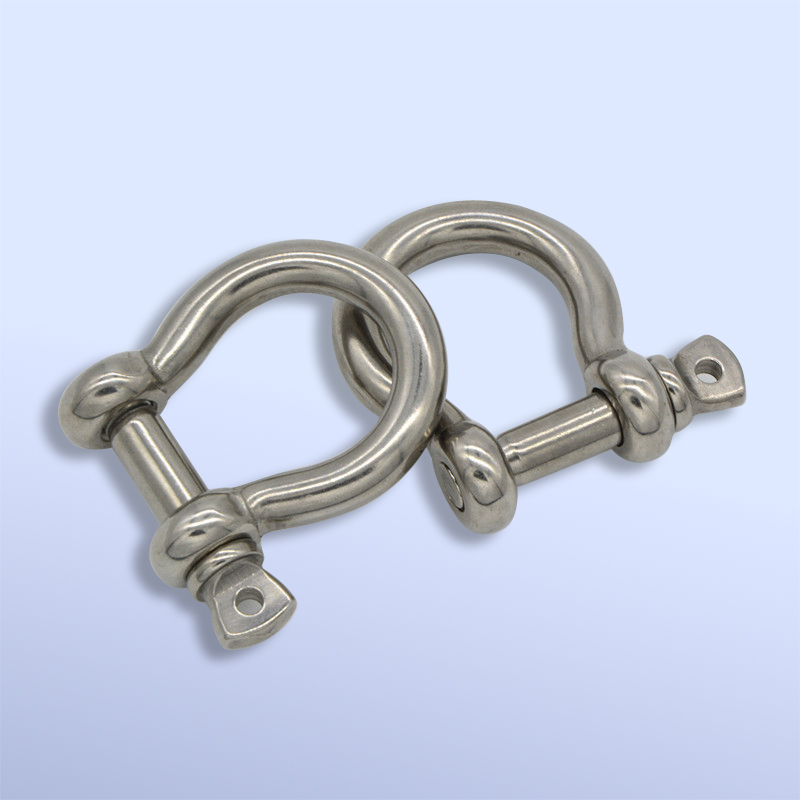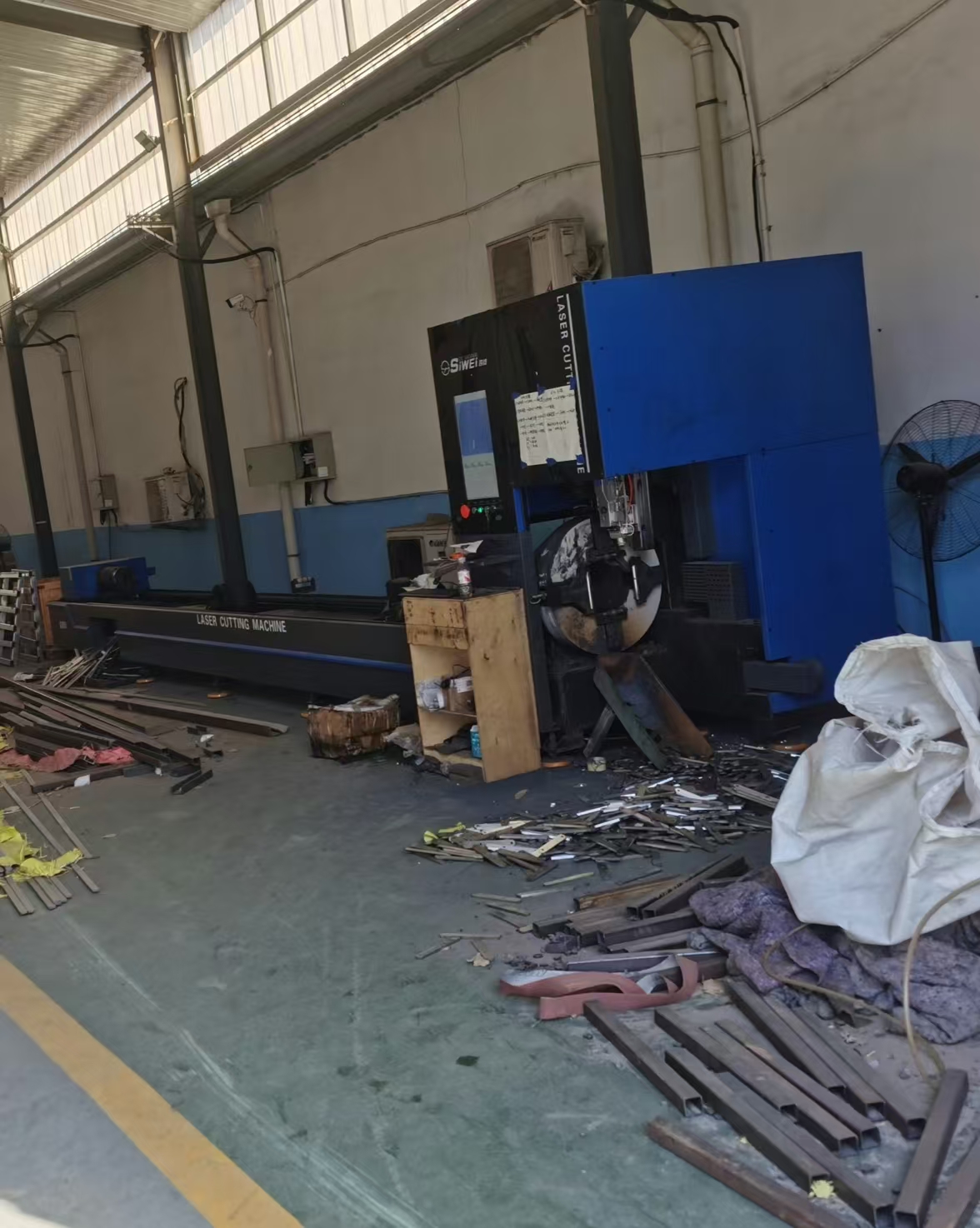As a shackles supplier, HAIFAN will introduce all the common questions of shackles to you.
Shackles are primarily used as a means of lifting, securing or rigging heavy loads, objects and equipment. Lifting shackles are generally found as the final link in a connection chain or sling setup, where their key function is to make a robust physical connection between the load-lifting device and the payload that needs to be moved or supported.
The role of the lifting shackle is to provide a strong and durable connection between two points, which can be opened and closed as needed to allow or prevent disconnection.
Although there are many different types of shackles on the market, most lifting shackles can be designed and manufactured in one of the following two main configurations:

D-shackles or chain shackles composed of a D-shaped body. D-shackles are shaped more like a standard chain loop or link.
They're among the most common types of shackles found in a huge range of everyday scenarios, and the majority of other shackle types are essentially variations on the basic D-shape version.
Application: For side loads, in which the lifting being done is not necessarily completely vertical, D-shackles aren’t recommended as they can start to twist or bend if enough force is applied.

Bow shackles, also known as anchor shackles, are a more widely flared or O-shaped variant of the D-shackle format.
Application: One of the key advantages of bow shackles is that they’re much better equipped for handling multiple loads from different directions without it becoming a significant side load situation, as the rounded shape of the body makes them able to support heavier payloads.
Bow or anchor shackles can also accommodate far wider lifting straps than the narrower D-shackle variants. The trade-off for these advantages is a lower overall weight tolerance than an equivalent gauge D-shackle, provided the lifting is done strictly inline for the latter .
Shackles provide a simple and effective solution for various heavy lifting, fixing and rigging operations, and are most often used in combination with other lifting equipment and accessories (such as fabric or wire rope slings and webbing). Shackles provide a reliable, safe and firm connection point between the sling or other lifting equipment and the relevant payload.
Shackles have many uses in various environments in industry and households. For example, in industry, it is used for industrial crane rigging and large ships. Another example is for smaller equipment items, such as luggage and towing ropes, or for personal safety equipment, including mountaineering and mountaineering safety belts.
The shackle should be checked regularly for any signs of general wear, tear and fatigue. Potential damage or failure points of all shackle types can occur in the body, pins, eye holes or pin holes, so it is very important to closely monitor these areas during the life of all shackles.
In particular, carefully check the shackle for any signs of bending, warping or stretching, which may indicate that the shackle does not respond well to the load applied to it. A bent shackle is often a sign of excessive lateral load force, which will eventually lead to catastrophic failure, and deformed or broken pins should be replaced immediately. Even if the pin remains intact, if it is slightly twisted from its original shape, it may not be properly secured in the shackle, which greatly increases the risk of loosening under load.
Our company has the different shackles in high quality, welcome to consult us!
 Happy Women's Day
Happy Women's Day
 New Laser Cutting Machine
New Laser Cutting Machine